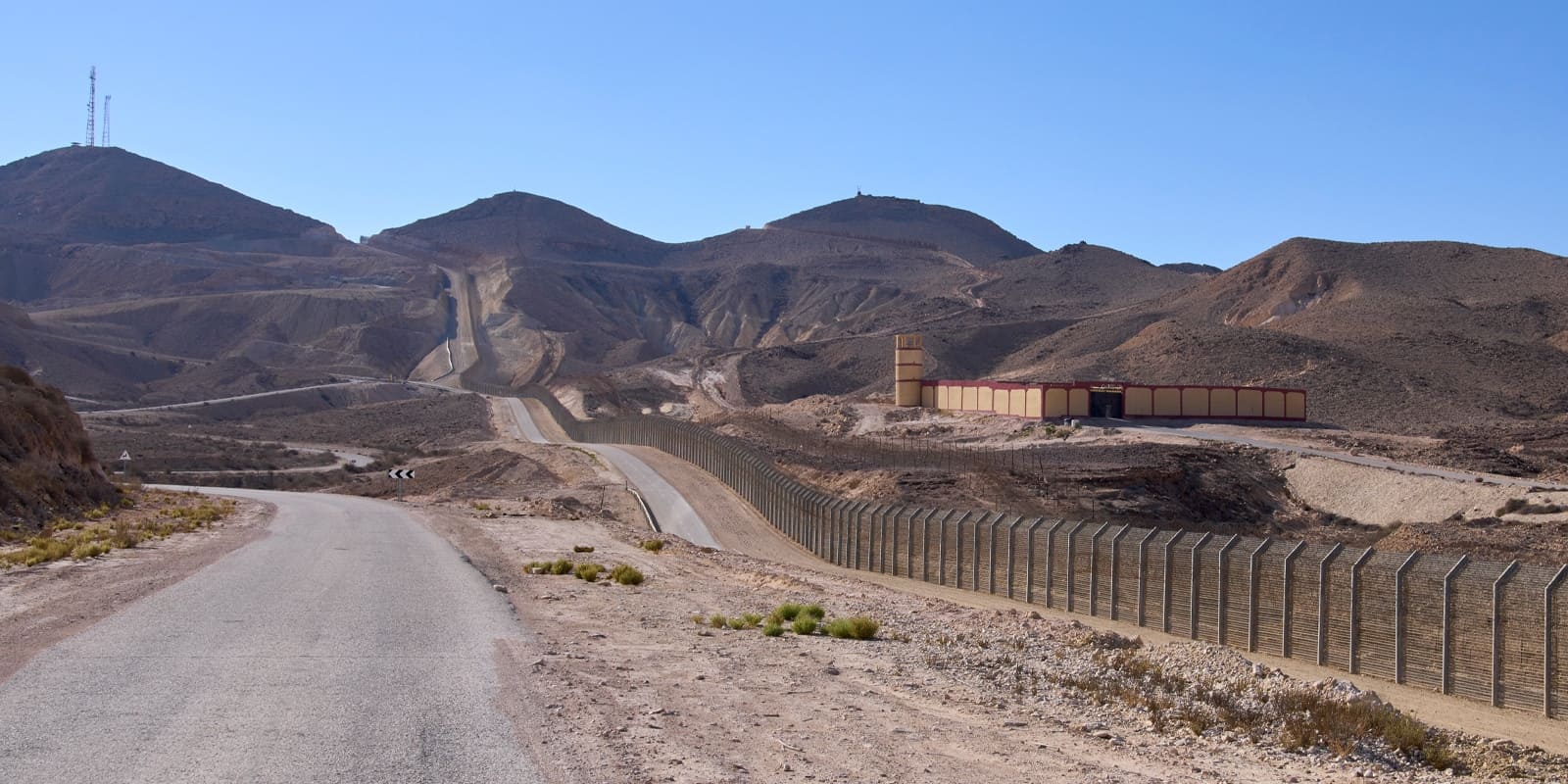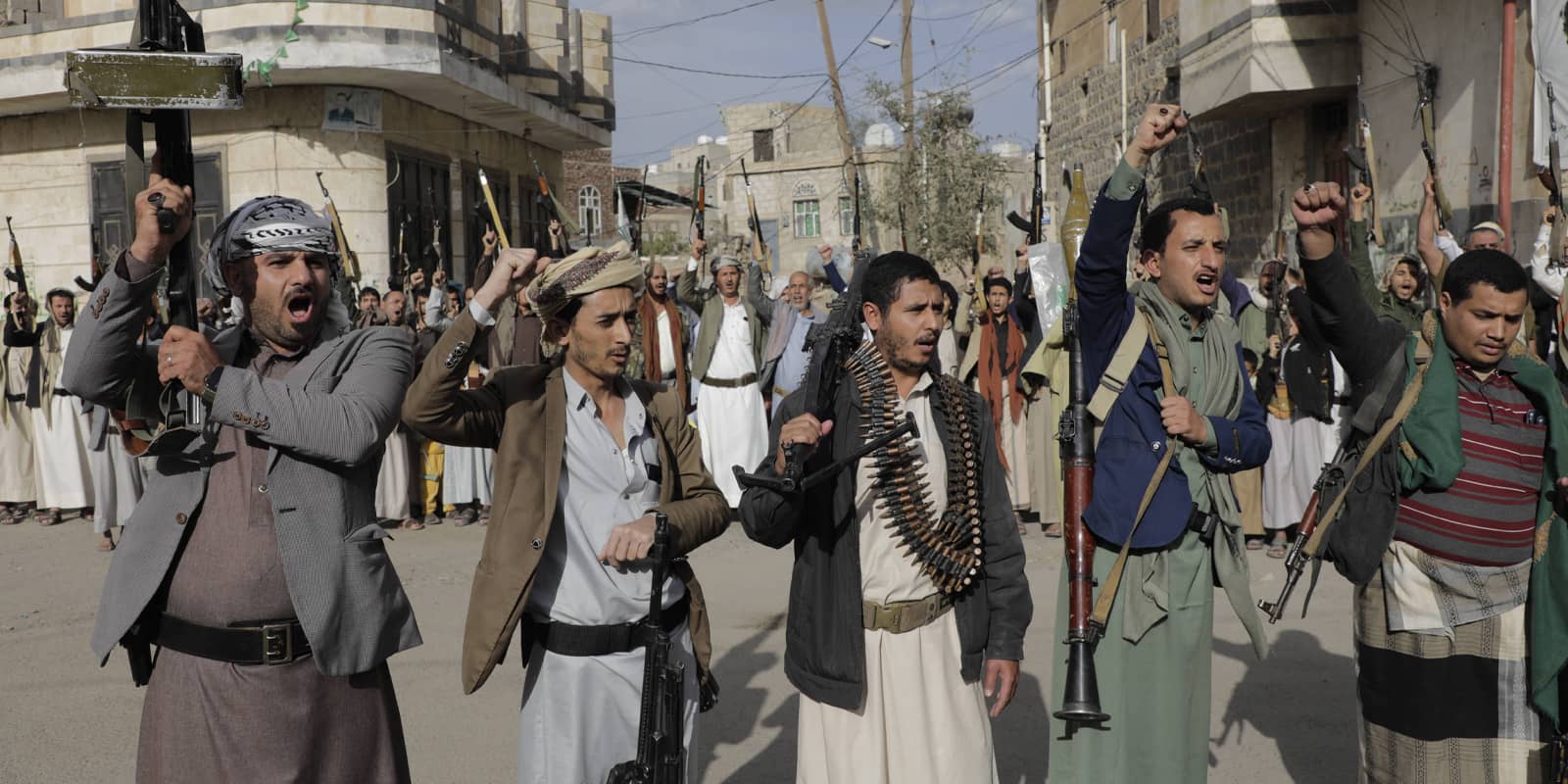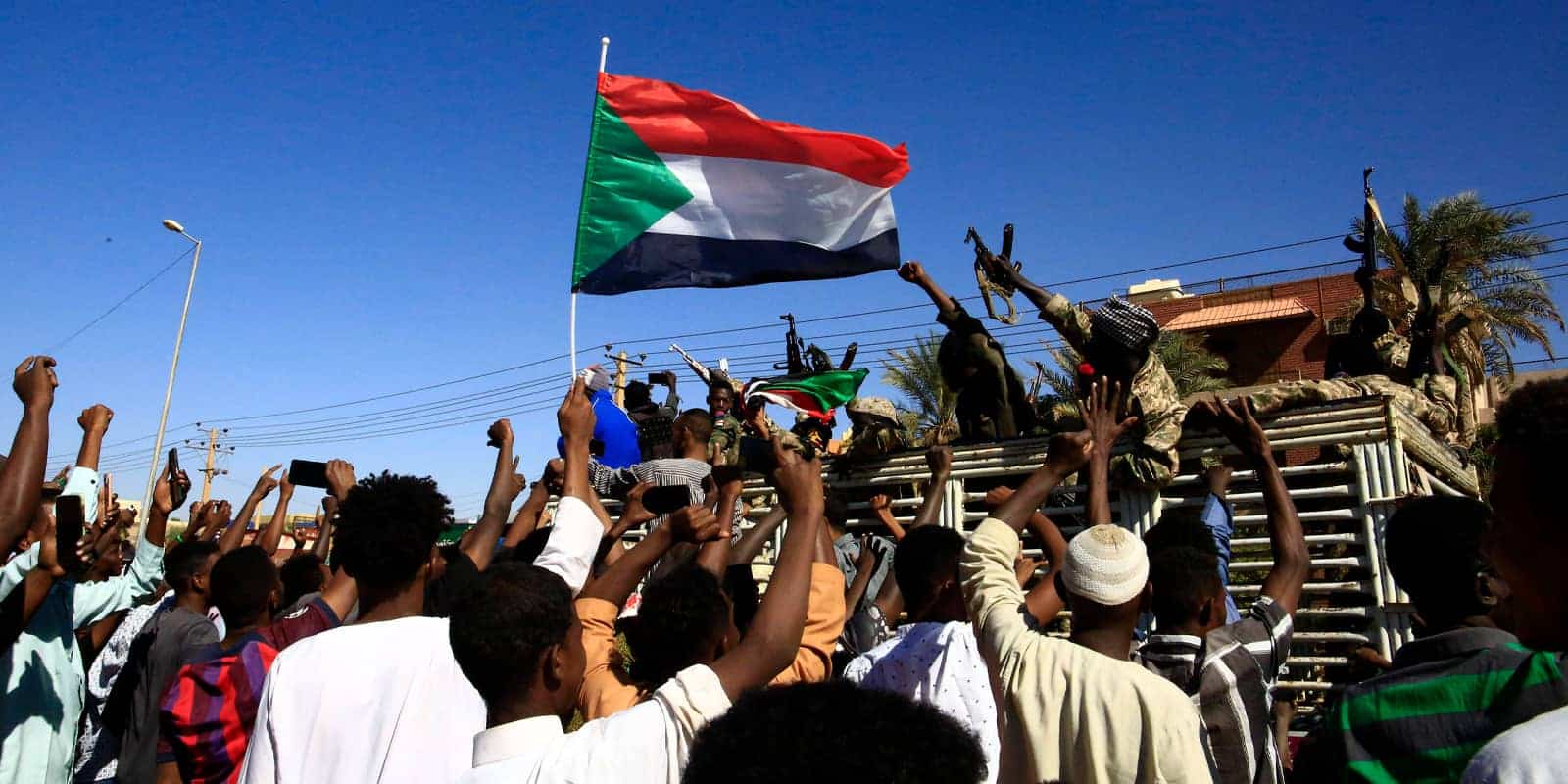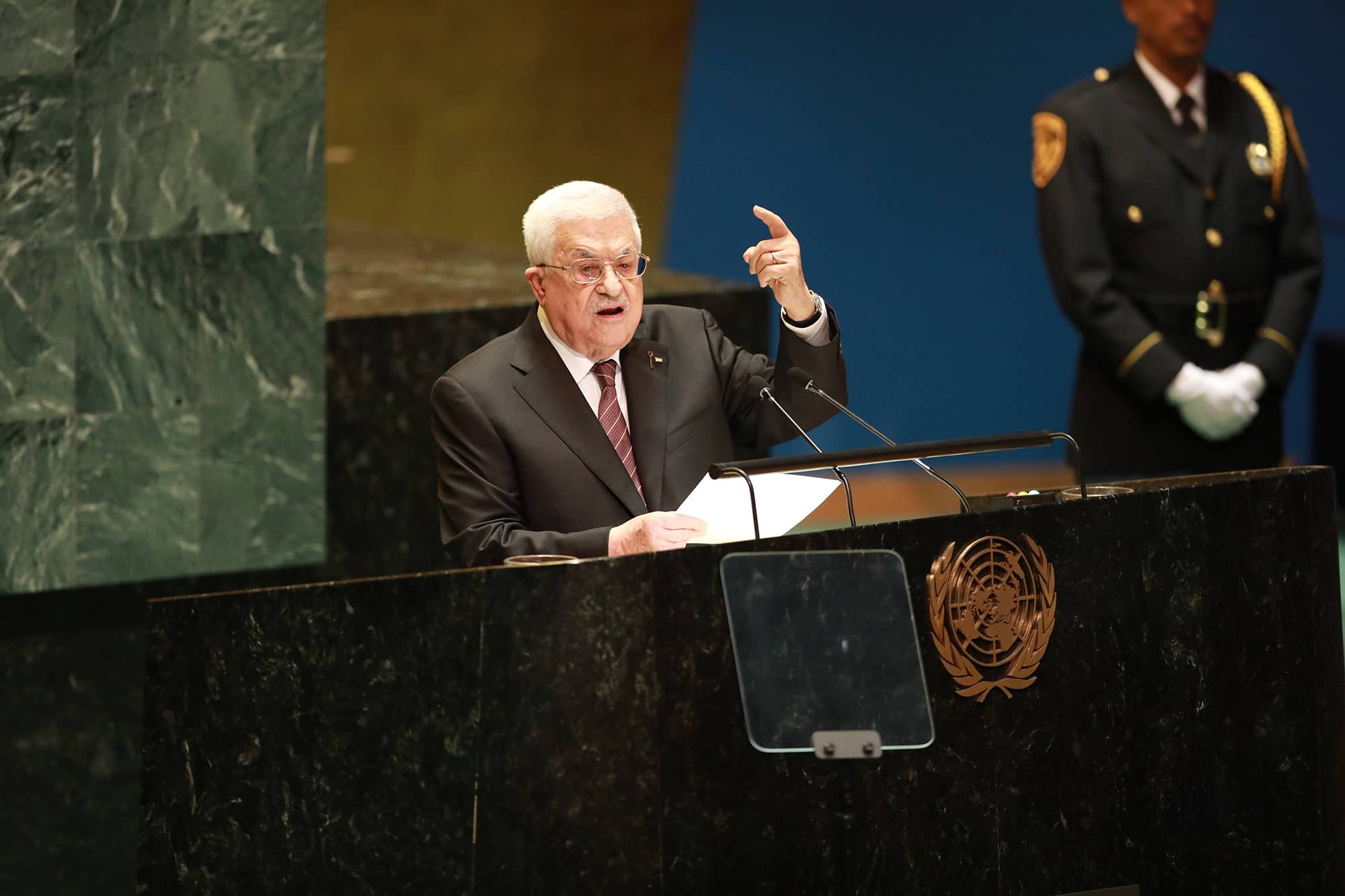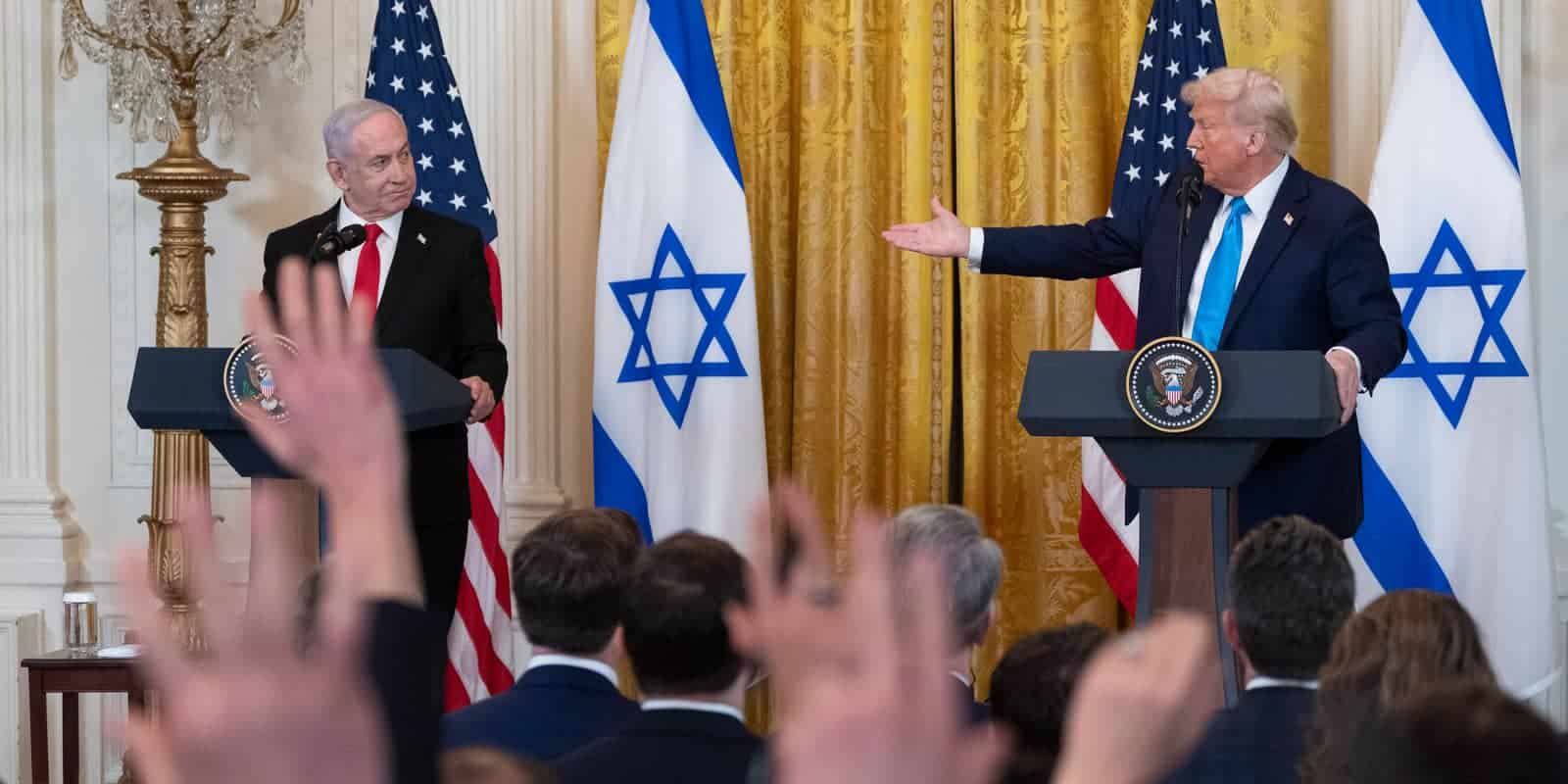Introduction
Egypt is the largest and most powerful Arab state in the Middle East, with a population exceeding 110 million and a military rich in resources. Cairo views the 1979 peace treaty—which marked a dramatic turning point in its relations with Israel—as a strategic choice. Yet it simultaneously aspires to lead the Arab world in managing its relationship with Israel and retains a security doctrine that continues to regard Israel as the benchmark threat.
This article examines Egypt’s conduct in the framework of the peace treaty, including its frequent violations of the military annex. Looking ahead, it asks: where is Egypt headed in its approach to Israel? The conclusion outlines the steps Israel should take in the near term to strengthen Egypt’s commitment to peace while ensuring that it is better prepared for the challenge from the south—so that it does not evolve into a threat, or, if it does, that Israel is ready to meet it.
Wars and the Peace Treaty
Relations between Israel and Egypt are deeply rooted in the Arab–Israeli conflict. Egypt played a leading role in every major confrontation: the War of Independence (1948), the Sinai Campaign (1956), the Six-Day War (1967), the War of Attrition (1967–1970), and the Yom Kippur War (1973). The Yom Kippur War ultimately paved the way for negotiations that culminated in the Israel–Egypt peace treaty.
Egypt regards the Yom Kippur War—or, as it is known there, the “October War”—as a military victory. The first phase of the war was indeed a significant Egyptian achievement, particularly given how decisively Israel had triumphed only six years earlier in the Six-Day War. Some contend that President Anwar Sadat entered the conflict with the deliberate aim of securing a limited military success against Israel that would create leverage for negotiations from a position of strength.
The peace treaty that followed Sadat’s historic visit to Jerusalem symbolized not only Egypt’s reconciliation with Israel but also its broader strategic realignment—from a confrontation state aligned with the Soviet Union to a pragmatic state grounded in Western, primarily American, support. The agreement was based on normalization in exchange for Israel’s withdrawal from Sinai, completed in 1982. It divided Sinai into four security zones (A–D), restricted the deployment of Egyptian forces, and established the Multinational Force and Observers (MFO) to monitor compliance.
Nevertheless, the peace has remained “cold.” Trade has been limited, ideological hostility endures, and over the years it has even intensified, shaping Egyptian rhetoric toward Israel to this day.
The treaty’s military annex defined the deployment of forces to prevent a surprise attack. Zone A (western Sinai) permitted a single division of up to 22,000 soldiers; Zone B allowed 4,000 Border Guard troops; Zone C, adjacent to the Israeli border, was limited to police armed only with light weapons; and Zone D, on the Israeli side, permitted four battalions. The U.S.-led MFO, tasked with implementing the agreement, was authorized to supervise and report any violations.
In recent years—amid Egypt’s campaign against ISIS and, more recently, during the Gaza war—the MFO’s activity has been curtailed, with restrictions placed on its patrols and freedom of movement.
Below is a reference map illustrating the separation of forces under the peace treaty:[1]

Open-source intelligence assessments indicate that Egypt began violating the treaty almost immediately after it was signed. The Egyptian army operated under a defensive doctrine but constructed fortifications, minefields, and bases throughout Sinai; doubled the number of bridging battalions; and established radar stations that cover the entire peninsula—all in breach of the agreement.[2] In doing so, Egypt expanded its military infrastructure well beyond the limits set by the security annex.
The fall of President Hosni Mubarak in 2011 and the rise to power of Mohamed Morsi of the Muslim Brotherhood in 2012 brought anarchy to Sinai, enabling the infiltration of Islamic State elements. ISIS’s “Sinai Province” recruited thousands of fighters, including Palestinians from Gaza, and turned northern Sinai into a theater of global jihad. Attacks carried out by the group claimed the lives of hundreds of Egyptian soldiers and led to a steep decline in tourism.
In 2013, the Egyptian army, led by Defense Minister Abdel Fattah el-Sisi, staged a coup against Morsi. After el-Sisi’s election as president in 2014, he worked to strengthen the military through massive arms acquisitions and diversification of suppliers.[3] Under the pretext of fighting ISIS, el-Sisi expanded Egypt’s military presence in Sinai with growing disregard for the restrictions set out in the security annex. The violations became systematic, with Israel retroactively approving most of them in order to maintain counterterrorism cooperation.
El-Sisi initiated a broad military campaign. “Operation Sinai 2018 “included airstrikes, the sealing of tunnels from Rafah into Gaza, and the construction of the “Sinai Wall,” a 40-kilometer smart fence. “Operation Sinai 2020” saw the deployment of tens of thousands of additional troops and extensive air operations. Israel shared intelligence with Egypt regarding ISIS targets and, according to foreign reports, even carried out strikes in Sinai—over 100 strike against ISIS Sinai Province since 2015. Although the organization’s power has since diminished, small cells remain active in the peninsula.
This campaign effectively granted Egypt license for numerous breaches of the treaty’s security annex. Cairo increased its forces in Zones B and C from 4,000 to more than 20,000 soldiers, deployed tanks and armored personnel carriers, built over fifty outposts and training camps, and constructed storage depots and runways for military aircraft—all while restricting MFO patrols on the pretext of force protection. Most of these violations were retroactively approved by Israel, which viewed them as justified in the context of shared counterterrorism interests. However, these approvals created a new reality: Egypt established facts on the ground and transformed Sinai into a military operations zone, in direct contravention of the treaty’s military annex.[4]
In 2025, ISIS resumed limited activity, including attacks against Egyptian forces in Rafah—one in July left fifteen soldiers dead. Egypt responded forcefully but used the attacks as justification for further reinforcements and additional deployments in Sinai, including the construction of new runways at Umm Khashiba capable of accommodating F-16 fighter jets.[5]
In practice, the campaign against ISIS also served as a pretext for building military capabilities that threaten the balance of power between Israel and Egypt.[6] Israel, for its part, feared the leakage of advanced weaponry into Gaza through Sinai, leading to closer intelligence cooperation—but also to friction, as Egypt accused Israel of escalating tensions in the Strip.
Egypt viewed ISIS as an internal threat, while Israel focused on its connection to Palestinian militancy. Cooperation between the two countries continues and includes the sharing of warning and targeting intelligence and joint strikes on ISIS cells. Yet Egyptian violations have also intensified, reflected in the deployment of armor and mechanized units far beyond the limits permitted in Zone C.
El-Sisi’s rule, beginning in 2014, has been characterized by a dramatic strengthening of Egypt’s armed forces, now numbering some 450,000 regular troops and 800,000 reservists. El-Sisi regards the army as the pillar of his regime and invests 5–6 percent of GDP—around $12 billion annually—in it. His approach has been to acquire first-class weaponry from multiple sources, despite the logistical challenges, to ensure that no single supplier can block deliveries. Egypt has procured thousands of U.S.-made Abrams tanks (some produced domestically), hundreds of Russian T-90 tanks (assembled in Egypt), submarines and other naval vessels, French Rafale jets, Russian Su-35s and MiGs, and American F-16s.
El-Sisi has ignored the treaty’s limits on the deployment of forces and equipment in Sinai, constructing additional tunnels and bridges across the Suez Canal, expanding the peninsula’s road network—which, though used by civilians, would enable rapid troop movement if required—and reinforcing forces in Zones B and C.[7] In 2025, during a visit by Western Command near the Libyan border, Egypt’s defense minister spoke of Cairo’s “readiness to block maritime routes to Israel.” Egypt has expanded and deepened three ports, including the new Rafid Port, which could threaten Israel’s maritime trade.[8] The force buildup also includes intensified division-level training and readiness exercises.
The Shift to an Offensive Posture in Sinai
Since 2020, evidence has mounted that the Egyptian army is shifting from a defensive to an offensive posture in Sinai. Indicators include a 30-percent increase in combat unit strength; the relocation—at great expense—of munitions depots from west of the Nile and the construction of new depots, including underground storage facilities, in Sinai and along the western bank of the Suez Canal. These facilities are capable of storing hundreds of ballistic missiles, including Scuds capable of reaching central Israel.[9]
The frequency and scale of division-level exercises have also risen, reaching six major reviews annually, including those of all four armored divisions. New airfields have been built and existing ones expanded at Umm Khashiba, Rafid, and al-Arish to support military capabilities. Large fuel depots without any civilian purpose have been established in Sinai; the number of armored-vehicle transporters in the Egyptian army has increased significantly; and seaports have been expanded to accommodate military use.
These developments, combined with increasingly belligerent statements from Egyptian officials and media figures close to the regime, have heightened concern in Israel. It was recently reported that Prime Minister Netanyahu asked U.S. Secretary of State and acting National Security Advisor Marco Rubio to press Egypt to reduce its military presence in Sinai, following the discovery of underground missile-storage infrastructure.[10]
The Swords of Iron war made Sinai a focal arena. Fearing that waves of refugees from Gaza might breach the border into Sinai, Egypt deployed substantial forces and reinforced the Rafah barrier. In May 2024, as Israel prepared for and carried out the capture of Rafah, Cairo viewed the IDF’s large-scale deployment in the area as a violation of the treaty’s provisions concerning Zone D. Egypt responded by increasing its troop presence in Sinai to 40,000 soldiers and deploying additional armored forces in the Rafah and al-Arish sectors.
Egypt’s Strategic Trajectory
For several years, Egypt has been steadily expanding its military capabilities in Sinai. Beyond the growing number of units and armored vehicles, this buildup includes the development of infrastructure that could serve, in time of need, as a logistical base for much larger forces. The expansion of Suez Canal crossings, bridges, tunnels, and connecting roads—alongside the construction of bases, storage facilities, fuel depots, missile tunnels, and military airfields—would allow the Egyptian army to pose a significant threat to Israel.
Israel’s willingness to tolerate Egypt’s ongoing and widening violations of the peace treaty’s military annex stems from two main factors: the need to enable Cairo’s fight against ISIS and Egypt’s central role in implementing the agreement with Hamas. This conciliatory approach is understandable, especially given Israel’s preoccupation in recent years with simultaneous challenges across seven different fronts, near and far. Still, if there is one lesson from October 7, it is the imperative to be prepared in the face of capabilities of potential adversaries and not to be caught by surprise.
Egypt is not an enemy state, and Israel has enjoyed more than four decades of peace with it. Nevertheless, Egypt possesses a large and modern army, continues to build up its military strength, and has been reinforcing its presence and posture in Sinai. The benchmark threat guiding Egyptian military training remains the IDF, and the least Israel can do is ensure that it is not surprised by Egypt for a second time.
Given Egypt’s basic commitment to the peace treaty, its fragile economy, and its dependence on the United States, a sudden, large-scale Egyptian attack in the near term appears unlikely in our view. Yet the IDF must prepare for surprise contingencies, especially after October 7. For years, the Egyptian arena has been neglected: in intelligence research, mapping infrastructure, target banks, and operational planning —even at the most basic level of effective defensive planning. Addressing this requires revising the benchmark threat, updating priority intelligence requirements, and conducting relevant operational planning and command-level training with appropriate discretion.
The first and most important step is to deepen and broaden intelligence research on the Egyptian military, with a particular focus on its presence in Sinai; to integrate relevant materials into command training programs; and to incorporate them into staff exercises. At the same time—and following the conclusion of the current phase of fighting in Gaza—it is essential to ensure that the Multinational Force and Observers (MFO) resumes full operations to carry out its mandate, with additional support as needed, and to apply diplomatic pressure on Egypt to restore the situation in Sinai to its agreed status under the military annex of the peace agreement. Egypt’s interest in participating in the regional framework promoted by President Trump, together with American leverage, can and should be used to secure the remediation of these violations.
In parallel, recent months have seen a surge in cross-border smuggling, particularly of weapons, from Egypt into Israel, facilitated by cooperation with Bedouin tribes in the western Negev. It remains unclear whether these activities occur with the encouragement, cooperation, or tacit approval of Egyptian authorities or military elements in Sinai. Either way, prudence dictates that these smuggling operations be viewed as part of a broader pattern of a growing Egyptian threat to Israel.
Accordingly, Israel must act decisively against this threat, both at the intelligence and operational levels. Given the involvement of Israeli civilians, this effort must include all relevant agencies: the IDF, the Israel Security Agency, the Israel Police, the Tax Authority, and other government bodies. Experience shows that effective coordination among these entities requires an integrated command structure. One option would be to establish a dedicated, unified directorate to address the problem, drawing on personnel from the IDF, the Ministry for National Security, and other government ministries. In time, this framework could also assume responsibility for preventing smuggling along the Jordanian border.[11]
Conclusion
Although Egypt remains committed to its peace treaty with Israel, it nonetheless constitutes a potential threat. It is a Muslim state with a modern, Western-equipped military; a state beset by deep internal problems that, consistent with patterns in the Arab world, could deflect domestic pressures outward into hostility toward Israel; and a regime that has, for years, systematically violated the peace treaty’s military annex with regard to Sinai. The Egyptian army continues to view the IDF as its benchmark threat in training and planning.
The war in Gaza over the past two years has intensified anti-Israel rhetoric and expanded Egypt’s military presence in Sinai. At the same time, the shared concern over the Muslim Brotherhood—of which Hamas is a branch—and the economic opportunities arising from the regional agreement and the vision advanced by President Trump create an opening to improve relations with Cairo.
Israel and its security establishment must operate on two parallel tracks. On the diplomatic front, Israel should both deepen dialogue with Egypt and exert pressure to rectify treaty violations and change public discourse toward Israel as a precondition for Egypt’s inclusion in any future regional framework. On the security front, Israel must significantly expand intelligence research and operational readiness to meet the challenges Egypt may present, as outlined above. In parallel, Israel must work to halt border smuggling.
Israel must remain vigilant. A “cold peace” can turn into a strategic surprise—and, as the saying goes, “Once bitten, twice shy.”
[1] Wikipedia
[2] Amichai Shilo, “Egypt Is Trampling the Peace Treaty,” HaKol HaYehudi, June 9, 2024 (Hebrew).
[3] Yagil Henkin, “The Egyptian Military Buildup: An Enigma,” Jerusalem Institute for Strategy and Security (JISS), January 7, 2018.
[4] From an interview by Orna Yashar with Eli Dekel, “Has Egypt ‘Lulled’ Israel Regarding Hamas?” Mida, 26.1. 2025 (Hebrew).
[5] Ibid
[6] Yoni Ben Menachem, “What Lies Behind Egypt’s Violations of the Peace Agreement with Israel”, JCPA, 2025
[7] Orna Yashar, Mida, 26.1. 2025 (Hebrew).
[8] Middle East Monitor, “Netanyahu links gas deal with Egypt to Sinai military reinforcements review”, 3.9.2025
[9] Middle East Eye, “Israel ‘concerned’ about Egypt’s military buildup in Sinai, report says”, 20.9. 2025
[10] Barak Ravid, “Netanyahu asked U.S. to press Egypt on military buildup in Sinai”, Axios, 20.9.2025
[11] Gabi Siboni, “The Egypt Border Directorate,” Haaretz, January 14, 2010 (Hebrew).
JISS Policy Papers are published through the generosity of the Greg Rosshandler Family.

